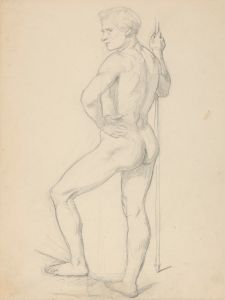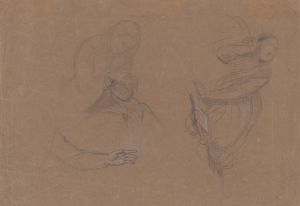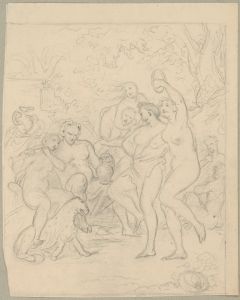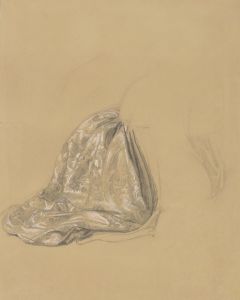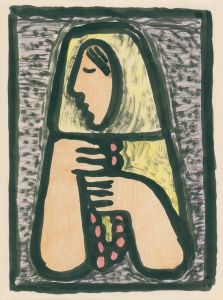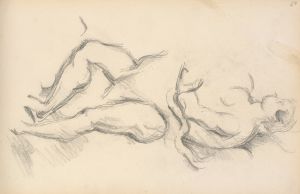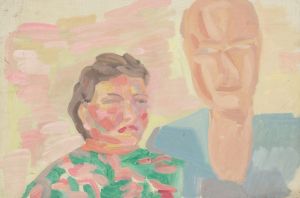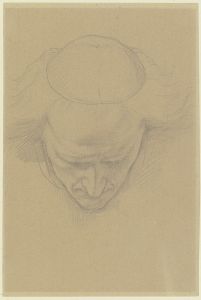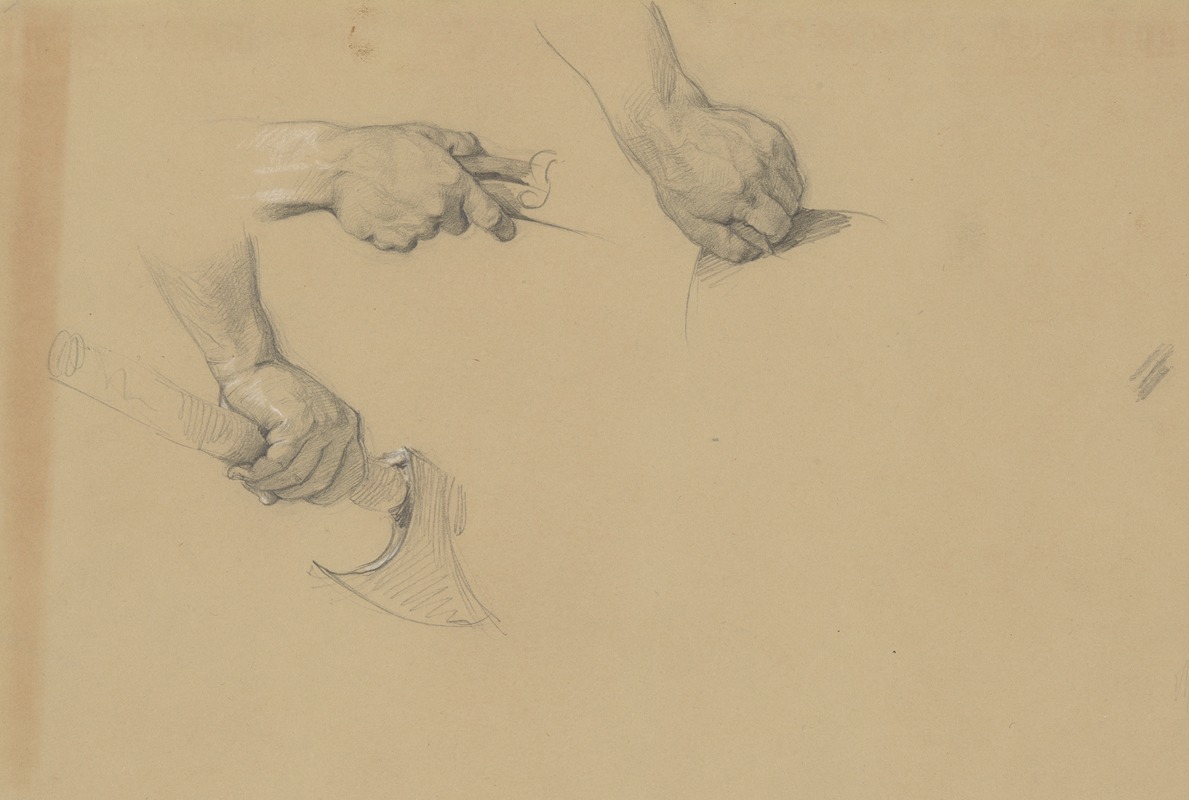
Study of hands to the painting ‘Martyrdom of St. Josaphat Kuntsevych’
A hand-painted replica of Józef Simmler’s masterpiece Study of hands to the painting ‘Martyrdom of St. Josaphat Kuntsevych’, meticulously crafted by professional artists to capture the true essence of the original. Each piece is created with museum-quality canvas and rare mineral pigments, carefully painted by experienced artists with delicate brushstrokes and rich, layered colors to perfectly recreate the texture of the original artwork. Unlike machine-printed reproductions, this hand-painted version brings the painting to life, infused with the artist’s emotions and skill in every stroke. Whether for personal collection or home decoration, it instantly elevates the artistic atmosphere of any space.
Józef Simmler, a prominent Polish painter of the 19th century, is best known for his historical and religious works, often characterized by their meticulous attention to detail and emotional depth. Among his studies, the "Study of Hands to the Painting ‘Martyrdom of St. Josaphat Kuntsevych’" is a preparatory work that reflects his dedication to capturing human anatomy and expression with precision.
This study focuses on the hands, a critical element in conveying emotion and narrative in religious art. The hands in this work are believed to have been preparatory sketches for Simmler’s larger painting depicting the martyrdom of St. Josaphat Kuntsevych, a 17th-century Eastern Catholic archbishop and martyr. St. Josaphat is venerated for his efforts to unify the Eastern Orthodox and Roman Catholic Churches, and his martyrdom is a significant event in the history of the Catholic Church.
Simmler’s study demonstrates his commitment to realism and his ability to convey the tension and drama of the scene through the positioning and gestures of the hands. The detailed rendering of the hands suggests the artist’s deep understanding of anatomy and his intent to use these elements to enhance the emotional impact of the final composition. While the larger painting itself is not as widely known or preserved as some of Simmler’s other works, this study remains a testament to his artistic process and skill.
Józef Simmler was a key figure in Polish art during the Romantic period, and his works often reflected the national and religious themes that were central to Polish identity during a time of political upheaval. His ability to combine technical mastery with poignant storytelling has earned him a lasting place in the history of Polish art.
No further detailed information about the specific study or its current location is readily available.









